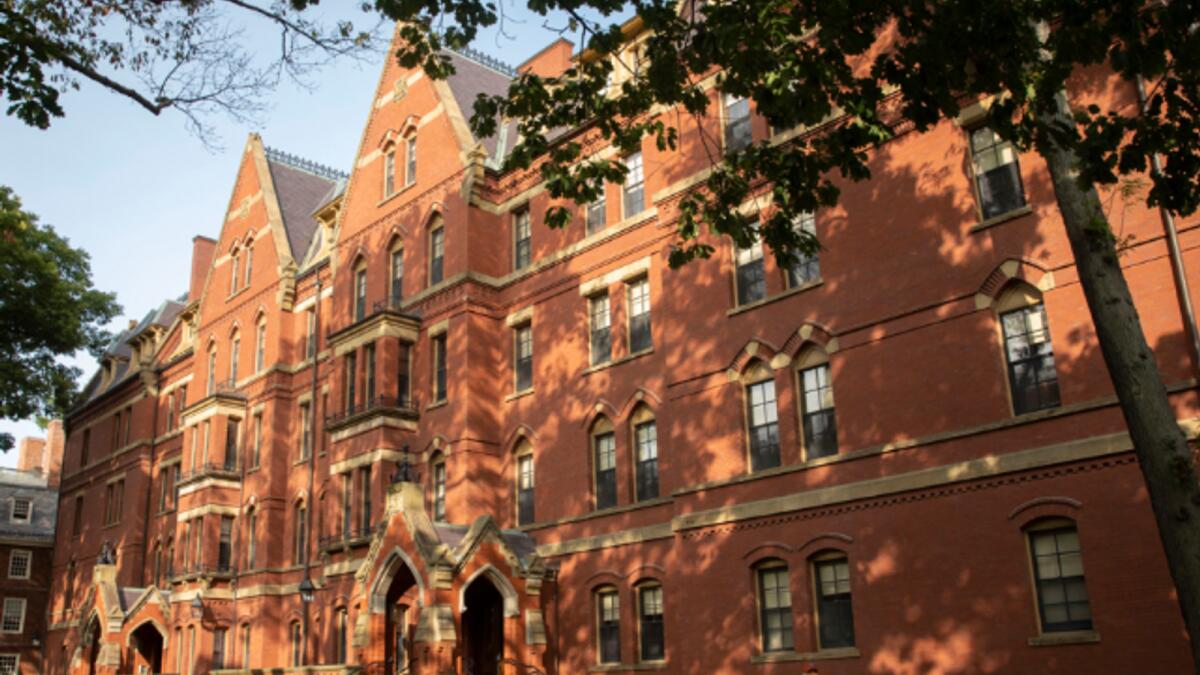American public universities tend to be larger, offer more courses, and spend more on research than their private counterparts. In terms of annual US University Research & Development expenditure, six out of the top ten universities are public. Tuition fees also tend to be lower at public universities. The Public Ivies list comprises 30 public universities across every region of the USA, offering strong academic programs at a lower cost.
In the Northeast, Pennsylvania State University offers reputable Engineering and Business programs, while the University of North Carolina-Chapel Hill in the South equips students with skills for the workforce. University of Illinois Urbana-Champaign in the Midwest is known for its computer science program, and the University of Colorado Boulder in the West is a leader in Aerospace Engineering. Little Ivies are small liberal arts colleges with competitive acceptance rates and emphasize small class sizes and intimate learning experiences. Bowdoin College, Haverford College, Swarthmore College, and Middlebury College are among the top Little Ivies.
Ivy Plus schools are private institutions that offer high-quality education similar to Ivy League schools. MIT, Stanford, CalTech, and Duke are leaders in science, technology, engineering, and math. Northwestern University has notable alumni in the media industry, and Vanderbilt University encourages cutting-edge research among its students. Johns Hopkins University is renowned for its academic excellence and groundbreaking research. These schools often fill out the top slots in university rankings.
The Ivy League, formed fifty years ago as an athletics conference, serves as a platform for intercollegiate athletic competition. It includes some of the oldest and most selective universities in America. While the Ivy League is prestigious, many other universities outside of the Ancient Eight have established their own leagues, such as the Public Ivies, Ivy Plus, and Little Ivies, providing alternative options to students seeking top-tier education.
The original Ivies have set the standard for excellence in education, and the newer alt-Ivies have followed suit by creating unofficial leagues of their own. These alternative options offer students the opportunity to receive a quality education from reputable institutions. With a variety of public and private universities to choose from, students have a multitude of options for furthering their education and pursuing their passions.
In conclusion, the landscape of higher education in the United States offers a diverse array of choices for students seeking top-tier education. Whether considering the Ivy League, Public Ivies, Little Ivies, or Ivy Plus schools, students have the opportunity to pursue their academic and career goals at prestigious institutions across the country. The college games are just beginning, and students have a wealth of options to choose from as they embark on their academic journeys.










